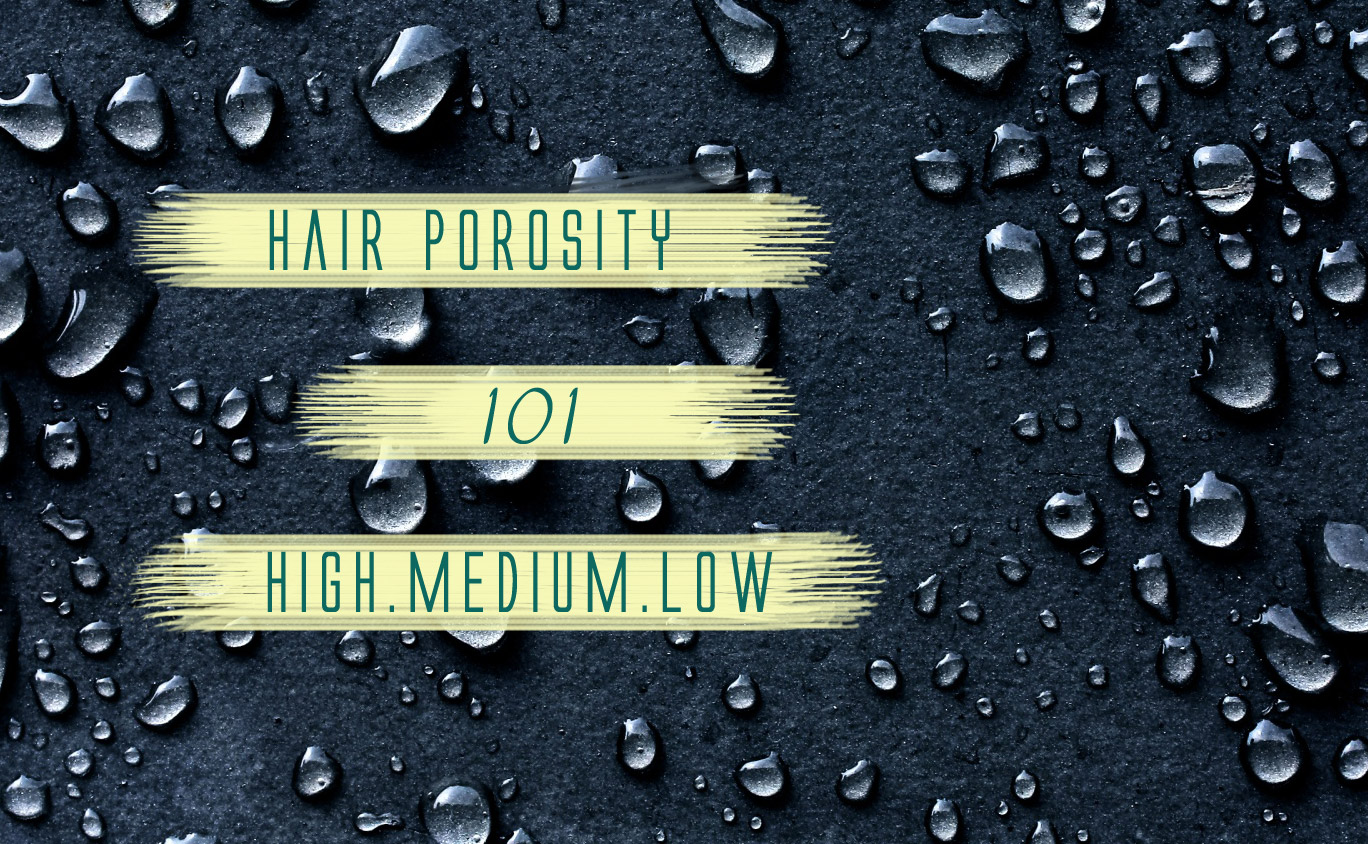
When you first go natural or even years into being natural, knowing your hair porosity can be vital to a healthy hair journey. This is because hair porosity will determine the products you use and how you use them. What is it, you ask? Well, I did some research and found a particularly popular definition, same wording and everything, and I shan’t reinvent the will :). Hair porosity is “how well hair is able to absorb and hold moisture”. If you look up the structure of a hair shaft, you’ll find that it’s got the Medulla, Cortex and the cuticle. The cuticle is made up of overlapping transparent Keratin scales that protect the cortex. The nature of how tightly bound the cuticle layers is will determine porosity of hair (low, medium or high).
Low porosity
A tightly bound cuticle layer with overlapping scales that lay flat leads to a low porosity. Low porosity hair resists moisture when you try to get it wet. It’s also prone to product build-up, and is protein sensitive. Here are common definitions of these terms if they are new to you: Product build up is when a film of residue (from hair products) form around your hair, and scalp. Protein sensitivity: Because hair is made of Keratin, a type of protein, manually adding protein-rich hair products can lead to protein overload. This will leave hair feeling stiff, crunchy and straw-like. That’s not to say low porosity hair doesn’t need protein treatments, it just means low porosity hair doesn’t protein-rich hair products often.
Some characteristics of low porosity hair
- Hair takes some time before it gets wet
- Water beads form on hair
- When wet, it takes hours or even days to dry (especially when in twists)
- Hair takes long to process color and other chemicals
- Product build-up and flaking
Normal/Medium porosity
The cuticle layer is looser, allowing an adequate amount of moisture to enter while preventing too much from escaping. Like low porosity hair, normal porosity hair does not require protein-rich treatments as often either.
High porosity
High porosity hair has gaps and holes in the cuticle which let too much moisture into hair that soon escapes. It is prone to frizz and tangling in humid weather. As a result high porosity hair needs strengthening, and this is why protein treatment are perfect for it. High porosity in hair can occur naturally or as a result of damage from chemical processing, rough treatment or environmental damage.
Some characteristics of high porosity hair
- Tangles very easily
- Dries very fast
Hair Porosity in pictures
There are many sources that assist you to determine your hair porosity. I found this video by BiancaRenneToday, which I think is very helpful.
https://www.youtube.com/watch?v=HaAd8syyaOE


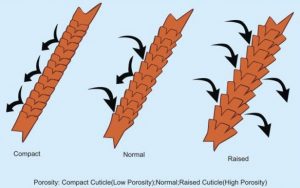
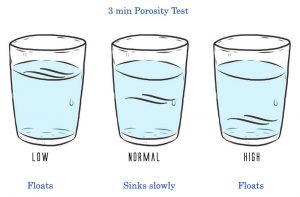

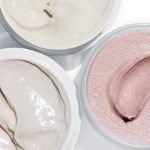
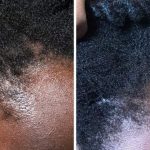
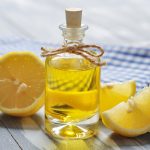
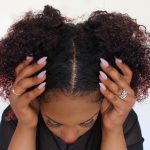
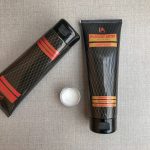
Viola M
17 July, 2018 at 1:09 pm
We never stop learning!